博文
图文目录|GEE Volume 6, Issue 4
|

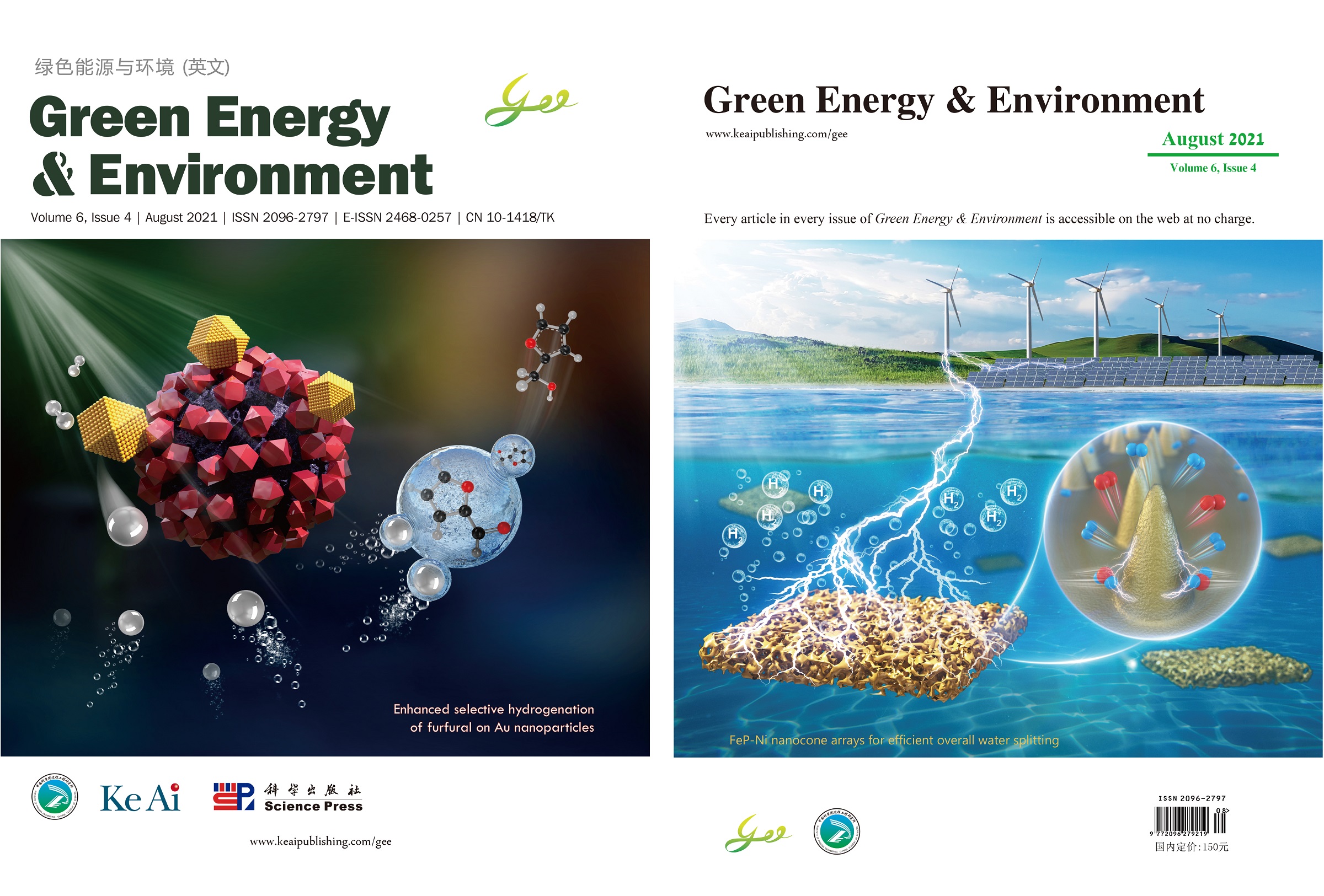
Green Energy & Environment 第六卷第四期已正式出版。本期共收录文章16篇,其中research highlight和review article各2篇,research paper12篇。部分文章中文解读已在微信公众号推送,欢迎阅读。其他文章中文详解将在近期推送,敬请关注~
*封面文章:云南大学方文浩教授团队研究论文:Performant Au hydrogenation catalyst cooperated with Cu-doped Al2O3 for selective conversion of furfural to furfuryl alcohol at ambient pressure。
Suojiang Zhang*(张锁江)

https://doi.org/10.1016/j.gee.2021.03.004

https://doi.org/10.1016/j.gee.2020.11.022


https://doi.org/10.1016/j.gee.2020.10.013
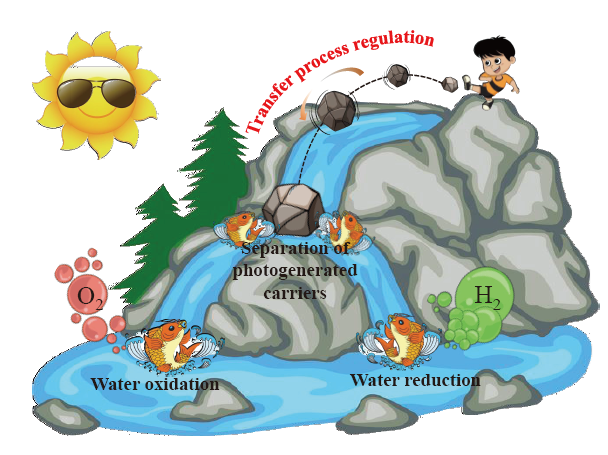

https://doi.org/10.1016/j.gee.2020.11.007
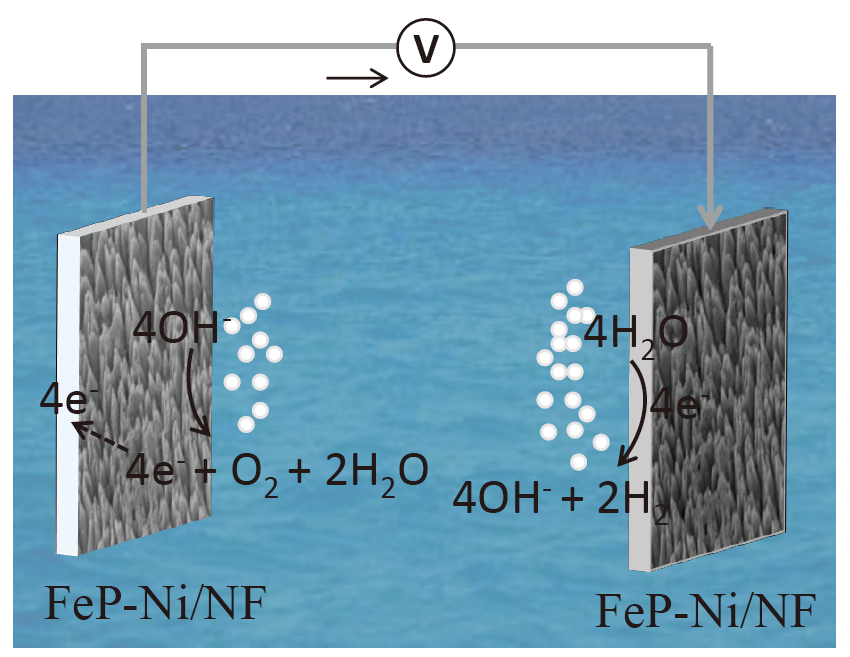
Benefiting by the unique 3D morphology of nanocone arrays, the resultant FeP-Ni/NF demonstrates efficient catalytic activity towards the OER, HER as well as overall water splitting.

https://doi.org/10.1016/j.gee.2020.05.009
Hongtai Li, Yanxiao Chen, Quan Jin, Wei Xiang, Benhe Zhong, Xiaodong Guo*(郭孝东), Bao Wang*(王宝)

With the assistance of VC, a sulfur host composed of Fe-Nx sites enriched flower-like microporous core along with bamboo-like carbon nanotubes shell was fabricated, which exhibits strong physicochemical confining capability of polysulfides for long cycling lithium-sulfur batteries.

https://doi.org/10.1016/j.gee.2020.06.004
Rational architecture design of yolk/double-shells Si-based anode material with double buffering carbon layers for high performance lithium-ion battery
Zhenyu Wu, Jing Luo, Jiao Peng, Hong Liu, Baobao Chang, Xianyou Wang*(王先友)
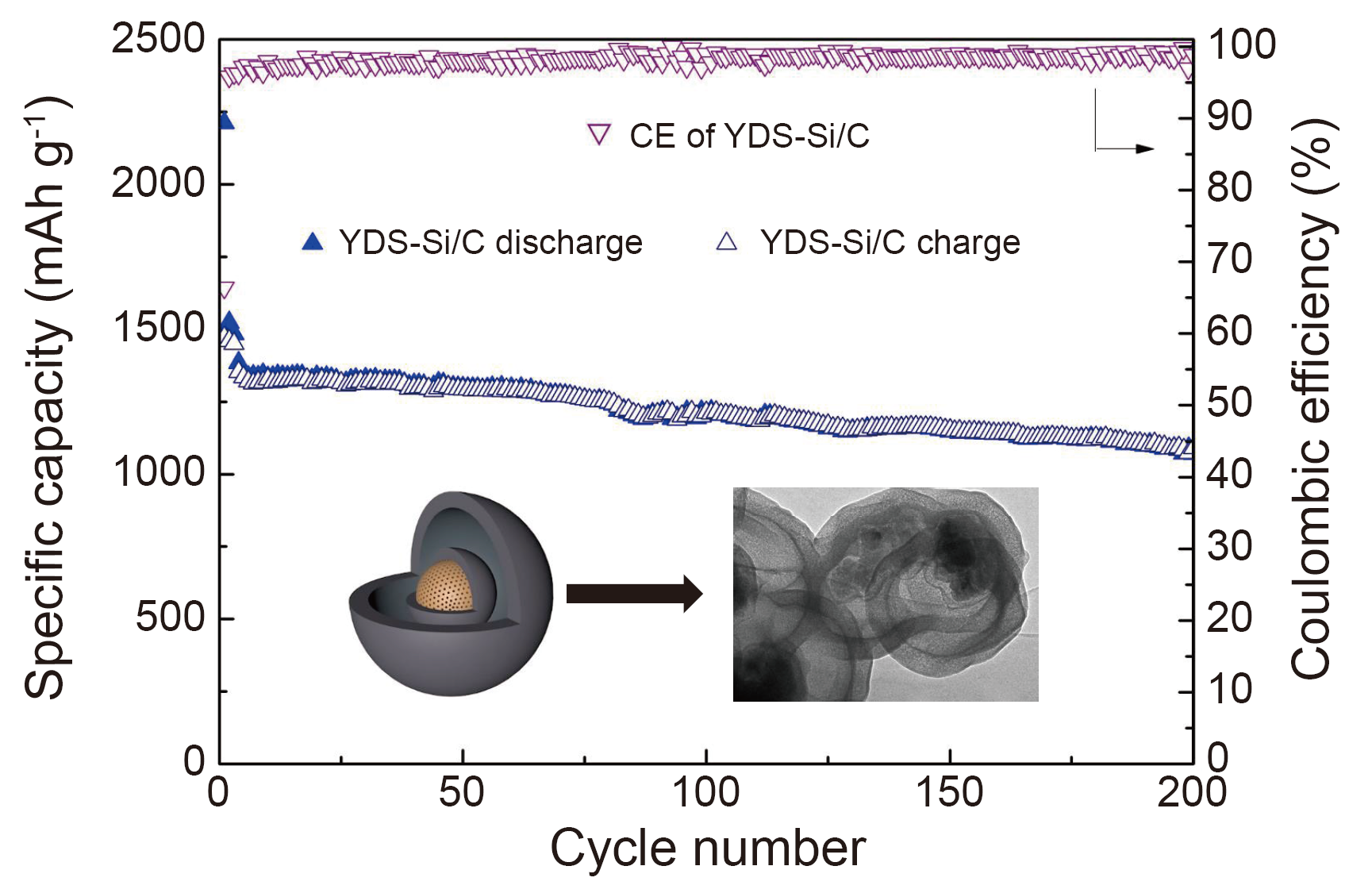
In this work, we have fabricated the yolk/double-shells (YDS) Si/C anode material with double buffering resin-based carbon layers, which was deliberately designed and fabricated by making use of HF to dissolve the SiO2 in intermediate layer. The unique architecture design with double buffering layers can provide a stable electrochemical stability at 0.5 A g-1 for 200 cycles.

https://doi.org/10.1016/j.gee.2020.06.009
Haizhen Liu*(刘海镇), Li Xu, Yu Han, Xin Chen, Peng Sheng, Shumao Wang*(王树茂), Xiantun Huang, Xinhua Wang*(王新华), Chenglin Lu, Hui Luo, Shixuan He, Zhiqiang Lan, Jin Guo
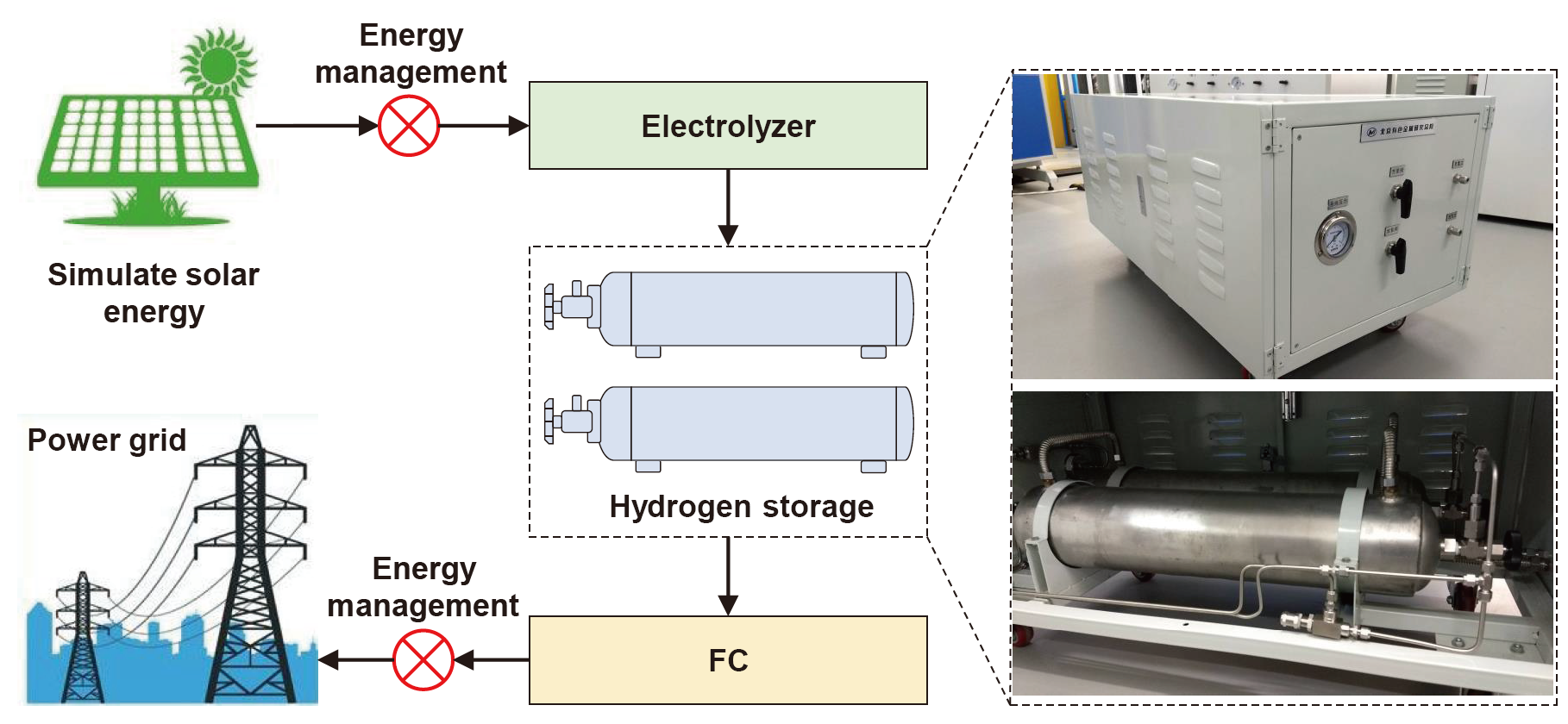
An advanced gaseous and solid-state (G-S) hybrid hydrogen storage system with a low working pressure below 5 MPa for a 10 kW hydrogen energy storage experiment platform is developed and validated.

https://doi.org/10.1016/j.gee.2020.06.006
Construction of 2D/2D Z-scheme MnO2-x/g-C3N4 photocatalyst for efficient nitrogen fixation to ammonia
Limin Yu, Zhao Mo, Xianglin Zhu, Jiujun Deng, Fan Xu, Yanhua Song*(宋艳华), Yuanbin She, Huaming Li, Hui Xu*(许晖)
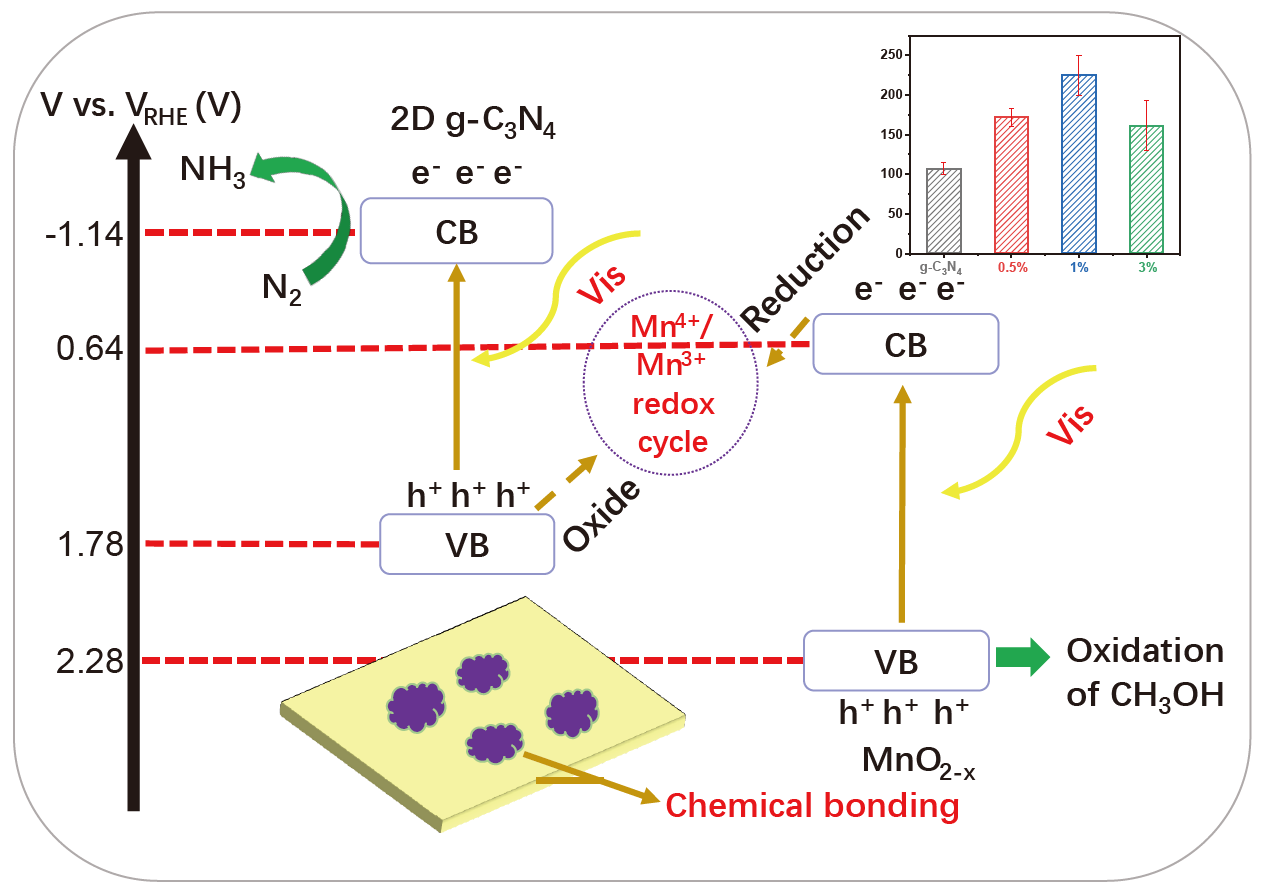
This work presented here provided a new example of preparing 2D g-C3N4 composites modified by ultrathin sheet MnO2-x as nitrogen fixation photocatalyst which achieved ammonia yield of 225 μmol g-1 h-1 (1 wt% MnO2-x/2D g-C3N4).

https://doi.org/10.1016/j.gee.2020.05.011

Au NPs (3 nm) loaded on Lewisacidic-basic Cu-doped Al2O3 efficiently hydrogenated furfural to furfuryl alcohol in liquid phase at ambient pressure using i-PrOH and H2 as proton donors.

https://doi.org/10.1016/j.gee.2020.05.005
Yuewen Shao, Tingting Wang, Kai Sun, Zhanming Zhang, Lijun Zhang, Qingyin Li, Shu Zhang, Guangzhi Hu*(胡广志), Xun Hu*(胡勋)
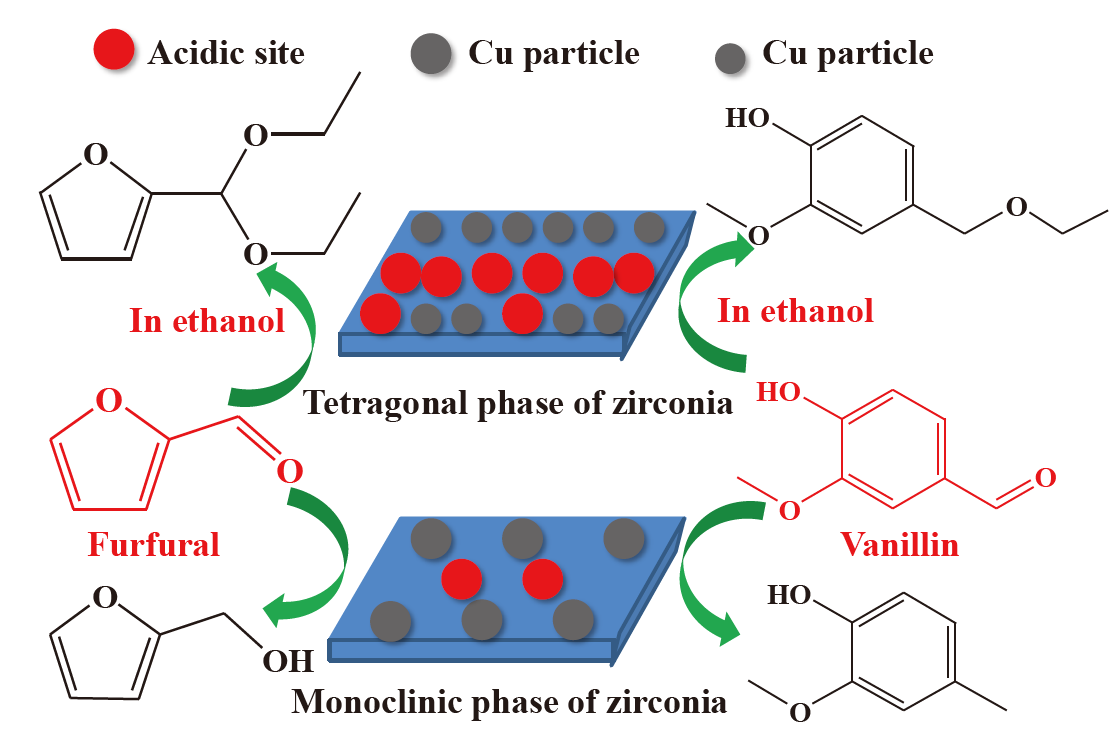
Monoclinic zirconia supported copper catalyst with fewer acidic sites exhibited superior activity for the conversion of furfural and vanillin to the targeting products rather than the by-products catalyzed by acidic sites.

https://doi.org/10.1016/j.gee.2020.05.007
Highly active and stable Co nanoparticles embedded in nitrogen-doped mesoporous carbon nanofibers for aqueous-phase levulinic acid hydrogenation
Shuai Shao, Ying Yang*(杨英), Shangwei Guo, Shijie Hao, Feng Yang, Suoying Zhang, Yang Ren, Yangchuan Ke*(柯扬船)
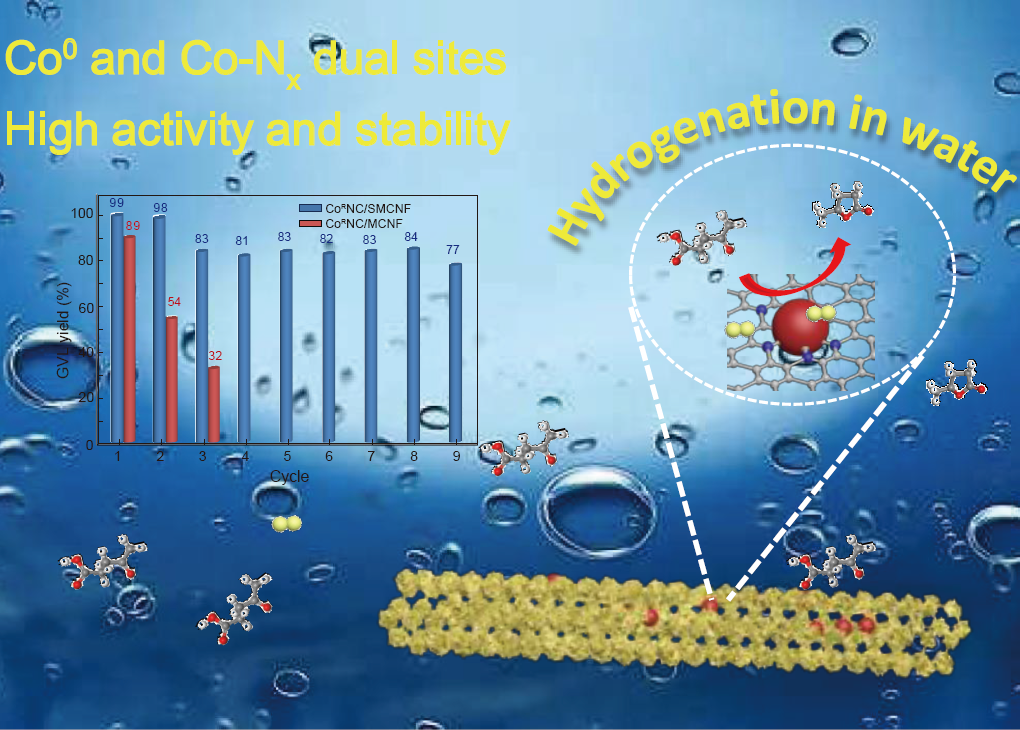
The Co catalyst with metallic Co and Co-Nx dual active sites embedded in mesoporous carbon nanofibers exhibits outstanding aqueous-phase levulinic acid hydrogenation activity and excellent durability.

https://doi.org/10.1016/j.gee.2020.11.005
Recyclable polymer functionalization via end-group modification and block/random copolymerization
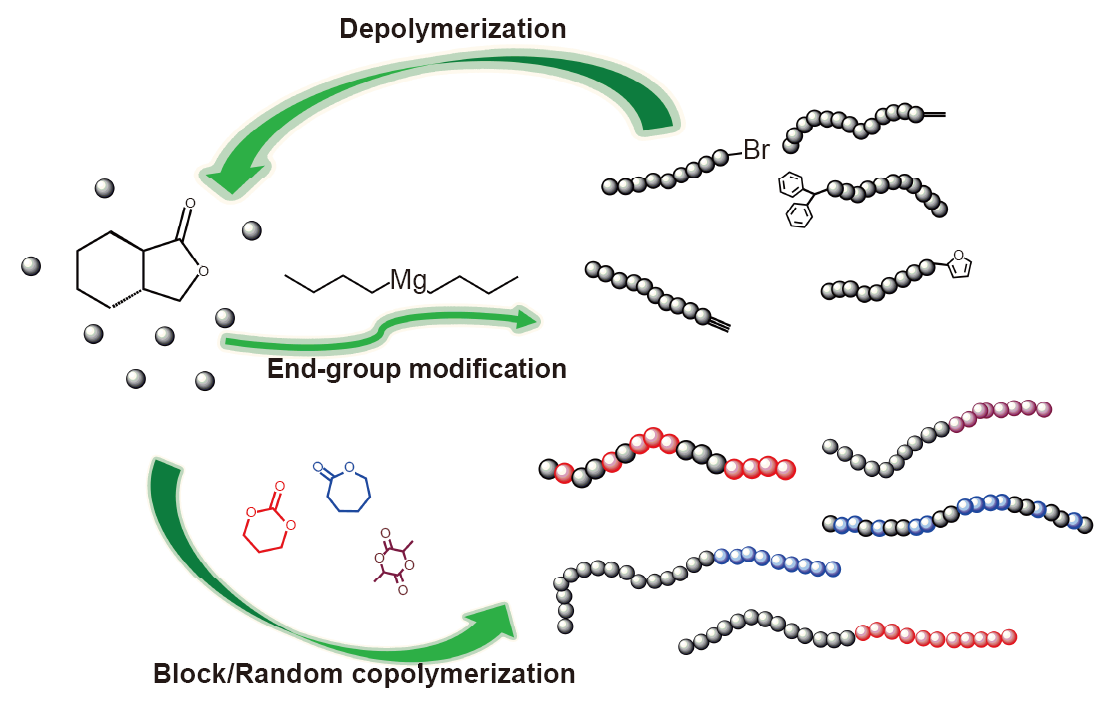
End-group functionalized poly ((R)-3,4-trans six-membered ring-fused GBL) and block/random copolymers containing ε-caprolactone, l-lactide and trimethylene carbonate were investigated by employing di-n-butylmagnesium as the catalyst.

https://doi.org/10.1016/j.gee.2020.06.003
Nanocomposite membranes with high-charge and size-screened phosphorylated nanocellulose fibrils for CO2 separation
Ragne Marie Lilleby Helberg, Jonathan Ø. Torstensen, Zhongde Dai, Saravanan Janakiram, Gary Chinga-Carrasco, Øyvind W. Gregersen, Kristin Syverud, Liyuan Deng*(邓立元)
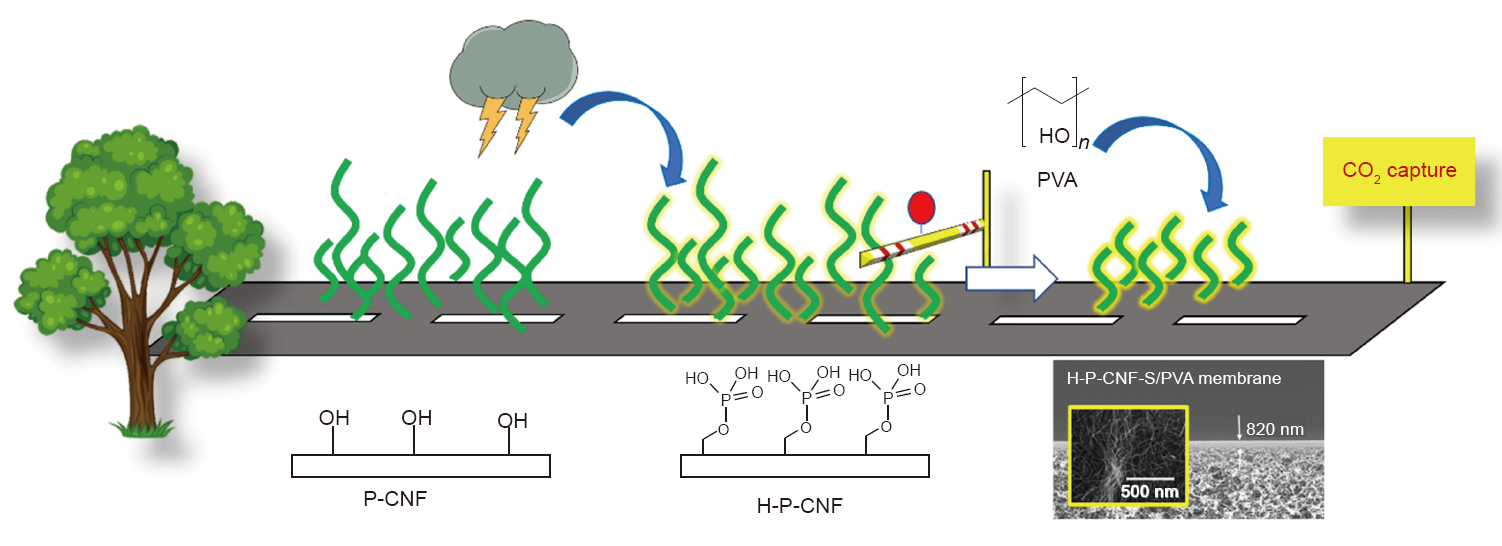
Thin-film nanocomposite membranes were fabricated, showing significantly improved CO2 separation performance by incorporating surface-modified cellulose nanofibrils (CNF) of high charge (H-P-CNF) and screened size (H-P-CNF-S) into a PVA matrix, especially under humidified conditions.

https://doi.org/10.1016/j.gee.2020.08.004

For the reactive adsorption process of gasoline desulfurization, the pathway of sulfur removal remained vague. In this work, a comprehensive study shows a clear trail of sulfur during such process, from catalysis to adsorption, by using a combination of advanced in-situ techniques.

https://doi.org/10.1016/j.gee.2020.05.010
Ion-pair induced solvent extraction of lithium (I) from acidic chloride solutions with tributyl phosphate
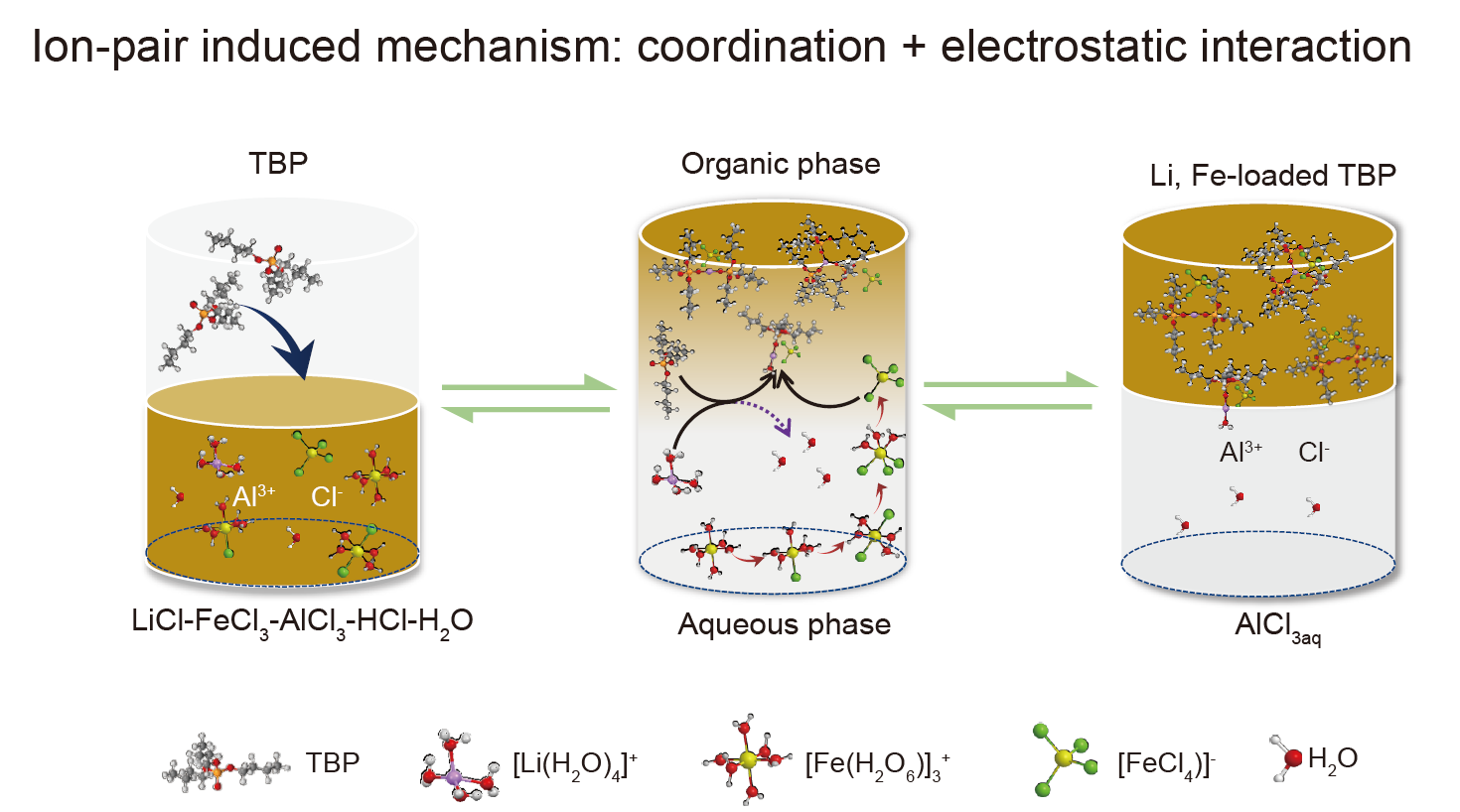
A new ion-pair induced mechanism for extracting Li+ from acidicchloride solutions by TBP is proposed. The extraction of Li+ is accomplished by forming ion pairs [Li(TBP)n(H2O)m]+[FeCl4]− via the coupling effect of the coordination interaction of TBP and Li+, as well as the electrostatic reaction between the Li complex cations and [FeCl4]−.

https://doi.org/10.1016/j.gee.2020.05.002
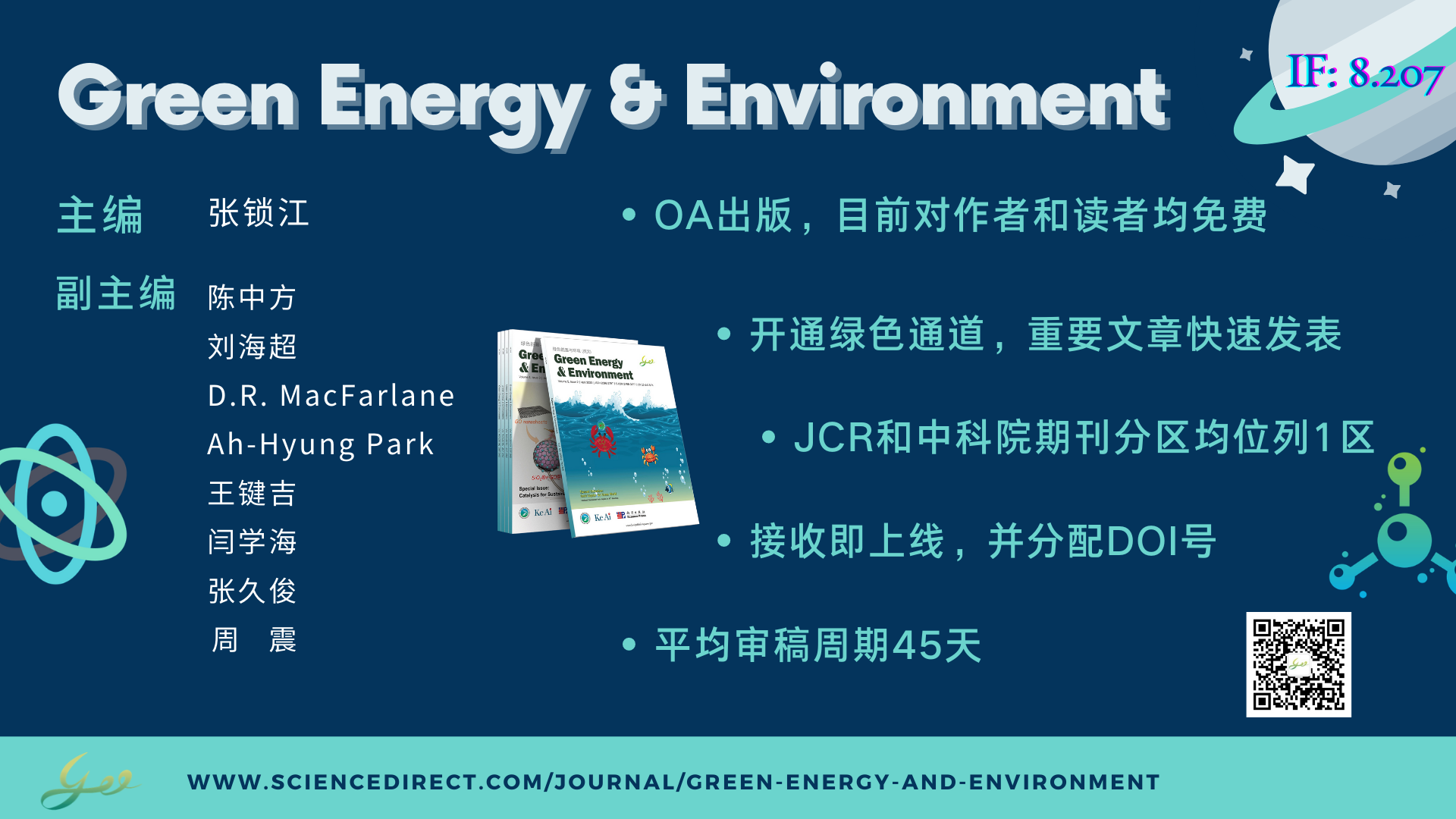
https://blog.sciencenet.cn/blog-3393673-1299263.html
上一篇:中科院过程所离子液体研究团队在GEE发表锂浆料电池评述文章
下一篇:江南大学魏宁、赵军华教授团队GEE:石墨烯折痕的反常界面热导